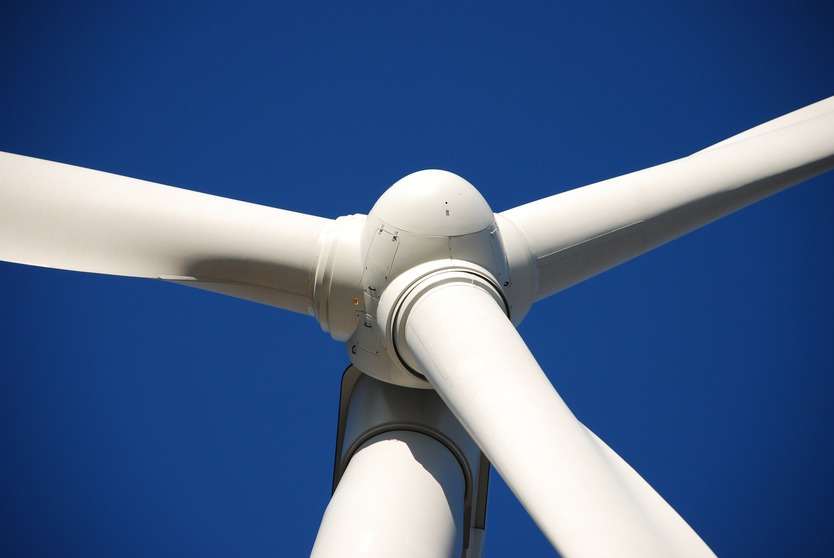
The project aims to develop a geo-information system that uses self-learning algorithms to determine which wind projects will have the greatest chance of success.
© pixabay
Despite the new federal government’s pledge to “drastically accelerate the expansion of renewables”, on-the-ground opposition to wind turbines still runs high in Germany.
As a result, wind development in certain states such as Bavaria and Thuringia has slowed right down in recent years, with projects being delayed or even abandoned. Added to this, about half of all the country’s approximately 30,000 turbines will be decommissioned in the next ten years as they reach end-of-life and as the EEG subsidies expire. Since Germany relies so heavily upon wind energy, something must be done to resolve this stalemate.
The WindGISKI project harnesses the expertise of the Institute of Structural Analysis and the Institute for Integrated Production at the Leibniz University Hanover, together with fk-wind at the Bremerhaven University of Applied Sciences and various industry partners. Their mission? To develop a geo-information system that uses self-learning algorithms to determine which wind projects will have the greatest chance of success.
The sophisticated model will take into account numerous factors: not just local wind features and distance to dwellings, but also extensive demographic and sociological data such as political orientation, average age and level of education. The number of existing turbines in the area is also a vital factor and has been shown to influence people’s attitudes: too many, and resistance increases; only a few, and the population quickly adjusts and tends to be in favour. Threat to biodiversity is a common objection as well.
The WindGISKI system will identify promising sites for future wind developments or expansion in Germany, as well as finding out what the greatest obstacles are in each region. Not only will the tool identify areas of potential conflict; it will reduce the risks associated with investing in wind power and save time.


